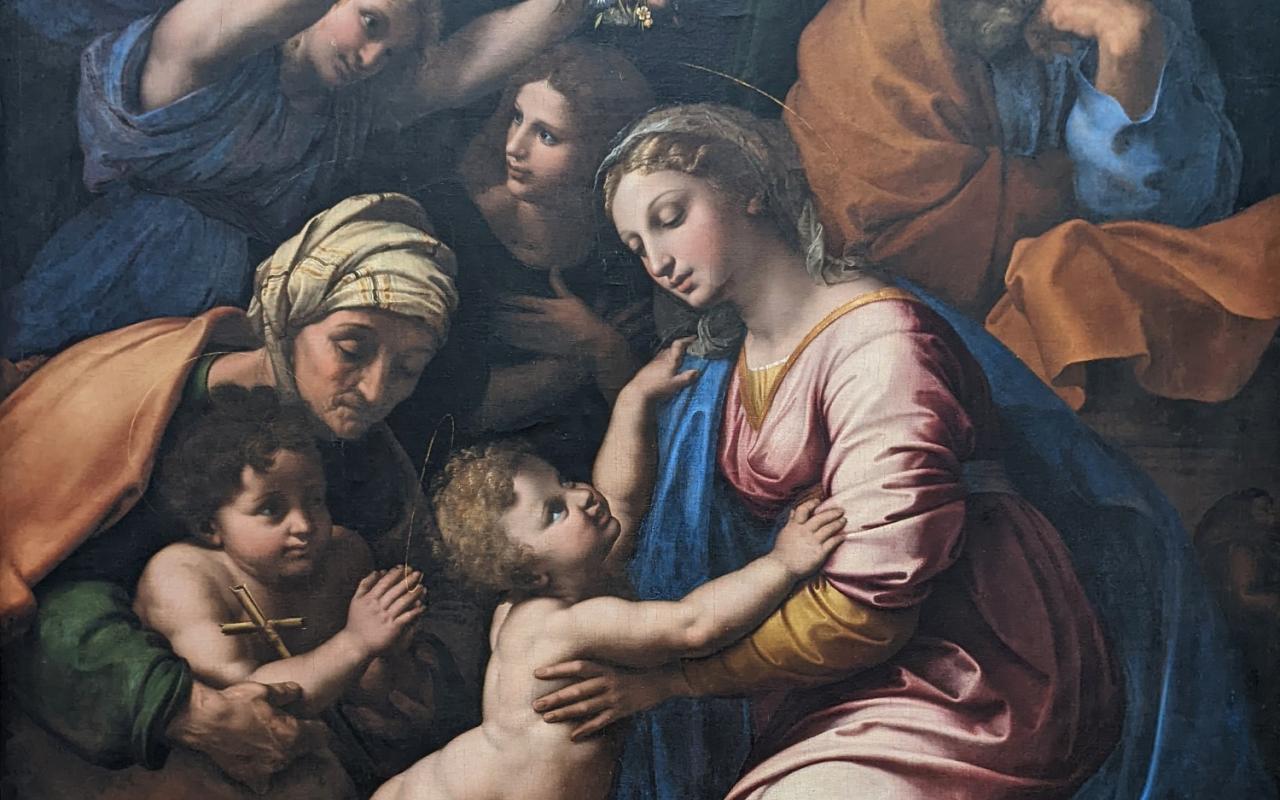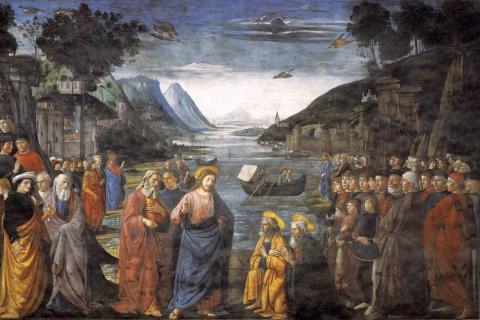
How are we to understand the role of the sense of the faithful - a supernatural instinct of the devout baptized - within the context of the modern Church?
How do we know what the Church teaches? Certainly there is the Magisterium, the bishops, in communion with the pope, who are given the charism of authoritative teachers. They are responsible for defining the contours of the mystery of Jesus Christ (i.e., doctrine). Scripture, of course, is the inspired record of how God slowly revealed himself to Israel and then, in Jesus, completed this revelation to be shared with the whole world. One hears, too, of tradition, which we usually think of as theological texts but also includes the liturgy, art, customs, and lives of the saints.
What these various authorities share in common is that they are all witnesses to the way, the truth, and the life that is Jesus Christ, or the Deposit of Faith. There is another important witness to this Deposit that you might have heard of, but perhaps not really understood. This is the sense of the faithful (sensus fidelium). This is the supernatural instinct or intuition of the devout baptized (as Bishop William Ullathorne defined it). All the faithful, including bishops, are given by their baptism the charism of this ability to have a “feel” for the truth. This “instinct” does not require a PhD, or any formal education and in this sense is democratic. The Church is, however, hierarchical in nature and this also applies to the faithful. The saint, who has protected and nourished this instinct in a life of ordered love, is better able to discern the truth than one who has squandered this gift. This is why the Church has special recourse to the saints – both hidden and canonized. The view of those who have lived lives of heroic virtue and exemplary sanctity needs to be especially attended to. This is the foundation for what we now call the “Synodal Way.”
In some sense, we check the sense of the faithful in the same way that we check a watch. We are looking for the fact of what the faithful believe. The Church is not asking for the faithful to serve as additional bishops. This is not to denigrate the faithful. In fact, the hierarchy exists to serve the faithful! But it is a question of office. One of the offices of the faithful is to witness to Church teaching. It is the office of the bishop to define it.
But how do we check or, as St. John Henry Newman put it, consult the faithful? Can it be done by a poll? Probably not – just imagine what a poll of Catholics in some parts of the country would say about the integration of schools in the 1950s. In a way, the sense of the faithful is best obtained by considering the instinct for truth in all lands since the coming of Christ. Here we have Chesterton’s democracy of the dead that can break out of the parochialism of the “globalism” of the twenty-first century.
Not everyone, everywhere is able to articulate fully the Church’s teaching. It might be the case today, for instance, that the faithful in the modern West do not have an accurate intuition for the Church’s teaching on contraception, at least if we were to understand the sensus fidelium in the form of a poll. In the Arian crisis over the nature of Christ in the fourth century (is he really God or “consubstantial” with the Father?) many, if not most, Greek bishops took on some form of Arius’ teaching that the Son is less than the Father. It seems from both Catholic and the few Arian sources that survive that many of the everyday people were faithful to the Church’s teaching that the Son is indeed consubstantial with the Father. The leader of the Catholic position was vindicated, and the Pope of Rome played a decisive role in the formation of Catholic teaching.
We see the sense of the faithful at work again in the nineteenth century when the Church was considering whether to declare the Immaculate Conception a dogma. In addition to consulting scripture, the theological tradition, liturgies and the bishops, Pope Pius IX asked each bishop to give a report of the sense of the faithful in the local church. In 1854 the pope proclaimed the Immaculate Conception dogma because of the conspiratio, co-breathing, of the faithful and the bishops. Newman says that Pope Pius saw the bishops and the faithful “as one twofold testimony, illustrating each other, and never to be divided.”
The sense of the faithful has always been operative in the life of the Church. It is the instinct by which a parent answer’s a child’s question about the mass, or why we say the rosary, or sing a hymn to Mary, or what it is to be in love. All of us are called to foster this instinct for the truth in lives of love. It is how the Faith is transmitted in everyday life.
“The holy people of God…spreads abroad a living witness to [Christ], especially by a life of faith and love and by offering to God a sacrifice of praise, the fruit of lips confessing his name. The whole body of the faithful who have received an anointing which comes from the holy one cannot be mistaken in belief” (Lumen Gentium 12).
Further Reading
- St. John Henry Newman, “On Consulting the Faithful in Matters of Doctrine””
- St. John Henry Newman, The Arians of the Fourth Century
- The Documents of Vatican II, The Dogmatic Constitution on the Church (Lumen Gentium)
- Photius, Bibliotheca codex 40, Philostorgius (An Arian witness to the Catholic sensus fidelium)
